Generative AI is changing everything. It is changing the way businesses operate. While artificial intelligence can recognize patterns in data, Generative AI creates new data itself as its output. It also powers chatbots, translates languages, and makes customized videos. From images to games, Generative AI use cases are everywhere.
Generative AI models can even help you develop a business strategy through interactive conversations with prompts. For example, if you want to launch a new clothing brand, you can provide a prompt asking for current trends. Generative AI will provide you with insights like the most popular styles, customer demographics, and your competitor's strengths and weaknesses.
These are just some of the Generative AI use cases. There are still more waiting in the pipeline. This article will help you learn how Generative AI models optimize industries like marketing, research, and more. Let us start exploring.
Generative AI Use Cases in Image Generation
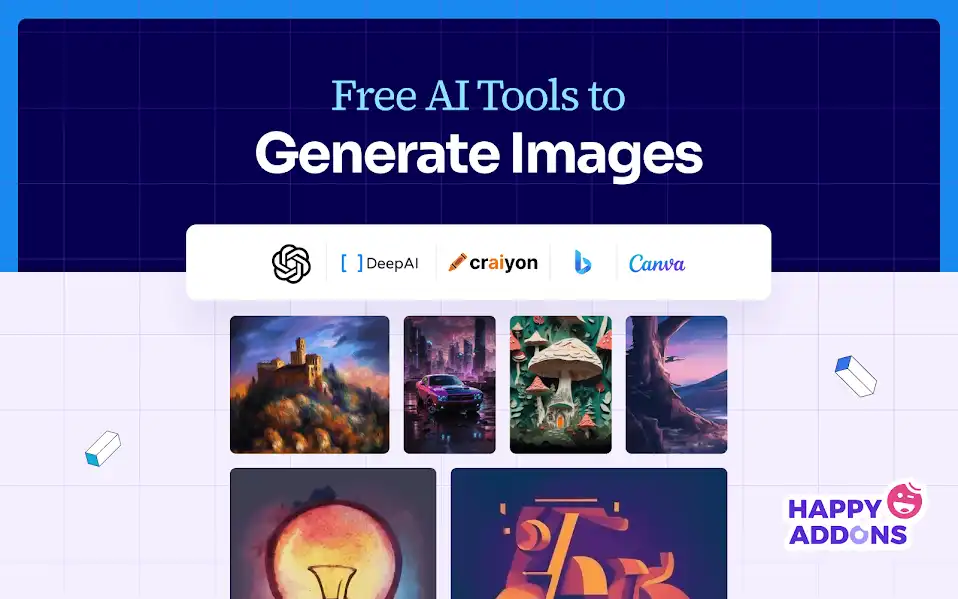
One of the best Generative AI use cases is image generation. Here, you can give an input prompt specifying the type of image you want. Then, Generative AI models will provide realistic images accordingly. You can also find Generative AI tools that can modify your existing images and enhance them. Let us find out their functions.
Image Completion
You can use Generative AI models in image completion to generate parts that are missing in an image. If it is a background that is missing, these models can fix it by creating a realistic background, or if it is a torn image, Generative AI can fix it too.
Image-to-Photo Translation
In this process, when you provide Generative AI models with a sketch of an image, they generate a photo-realistic version based on it.
Image Manipulation
In image manipulation, Generative AI models modify an existing image while still retaining its original elements. You can find that the modifications include the style, lighting, or color of the existing image.
Generative AI Use Cases in Video Creation
Generative AI use cases are everywhere, and one of them is video creation. Its tools are very effective and can generate videos with high quality. This makes the video production process more easier. You can automate tasks like composing videos, the addition of special effects, etc with Generative AI models. It can also perform other tasks as given below.
Video Prediction
You can use Generative AI models in video prediction to predict what will happen next in a video. For example, it can be about how an object or character will move in a scene. They can also analyze the timing and layout of the video to generate the next frame.
Video Style Transfer
When you provide a reference image or the style of another video, Generative AI models will produce a new video accordingly.
Generative AI Use Cases in Audio Generation
Generative AI models are very beneficial in audio generation. They can perform a variety of functions. Let us look at them below.
Music Creation
When you provide a piece of input music to Generative AI models, they can learn its patterns and styles and can generate new music. You can use it for advertising or other creative purposes.
Text-to-Speech Generators
When you provide a text input, Generative AI models can generate a speech audio based on it. You can find the output to be of high quality.
Speech-to-Speech Conversion
In this process, Generative AI models can generate new voices by using the existing audio. You can use it in games, and animations to create voiceovers effectively.
Generative AI Use Cases in Text Generation
One of the most popular Generative AI use cases is text generation. A majority of the Generative AI tools for text generation use two techniques. They are natural language processing and natural language understanding. These techniques help the models to read a text prompt, understand it, and provide relevant responses to customers. Let us look at a few more functions.
Creative Writing
You can use Generative AI models in creative writing to write stories, songs, lyrics, or poems. So, when you are at a loss of ideas, you can simply take the help of Generative AI. It can provide you with fresh ideas or even write for you based on your prompts.
Chatbots and Virtual Assistants
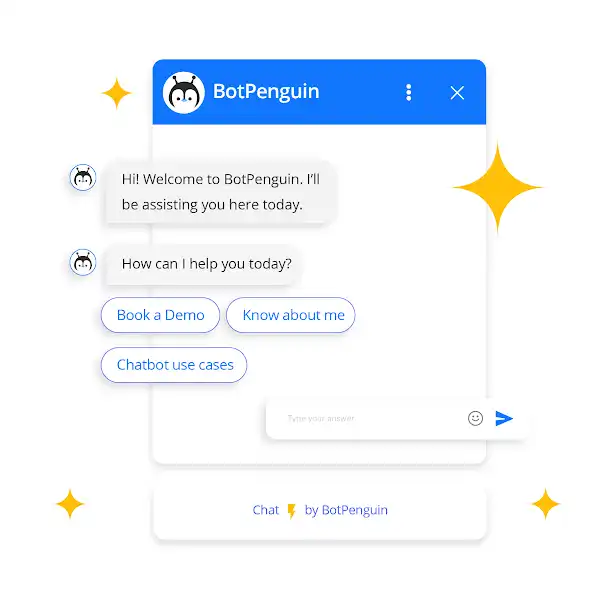
Generative AI models can generate human-like responses to user queries, allowing for more interactive and conversational experiences.
Whether providing customer support, helping with information retrieval, or engaging in casual conversation, chatbots, and virtual assistants rely on text-generation algorithms to communicate effectively.
And, if you want to begin with chatbots but have no clue about how to use Generative AI to train your chatbot, then check out the NO-CODE chatbot platform, named BotPenguin.
With all the heavy work of chatbot development already done for you, BotPenguin allows users to integrate some of the prominent language models like GPT 4, Google PaLM, and Anthropic Claude to create Generative AI-powered chatbots for platforms like:
- WhatsApp Chatbot
- Facebook Chatbot
- WordPress Chatbot
- Telegram Chatbot
- Website Chatbot
- Instagram Chatbot
- Microsoft Teams Chatbot
Advertisement
You can use Generative AI models in advertising to generate catchy product descriptions and content for social media promotion. With the help of this, you can create personalized ads to nurture leads effectively.
Generative AI Use Cases in Software Development
You can use Generative AI models to streamline the software development process by minimizing the time and efforts of developers in processes like writing and testing codes. Let us explore a few more functions.
Code Debugging
Generative AI models can help you identify anomalies and provide suggestions to fix them. Hence, you can ensure that your code is clean and efficient. This can also result in organizing your development workflows effectively.
Test Case Generation
Generative AI models can analyze specifications and user stories and automate test cases based on them. Hence, you can ensure proper testing and validation.
Testing Automation
You can use Generative AI models to automate your testing processes. They can generate test scripts and scenarios that can help you speed up your testing phase and also improve the reliability of your software.
Generative AI Use Cases in Design and Arts
Generative AI models are greatly helping the design and art industry. You can use them to create unique works and can also employ them in graphic design. Let us look at a few more functions below.
Appealing Backgrounds
You can use Generative AI models to generate visually appealing backgrounds, icons, and other interface elements in your design. Hence, you can improve your user experience as attractive visuals can increase the time visitors spend on your website and keep them engaged.
Character and World-Building
You can use Generative AI to create new characters and environments for your animation, or video game businesses. You can provide them with prompts containing detailed descriptions and these models will generate the required output. You can use these attractive visuals to capture the interest of audiences.
Generative AI Use Cases in Game Development
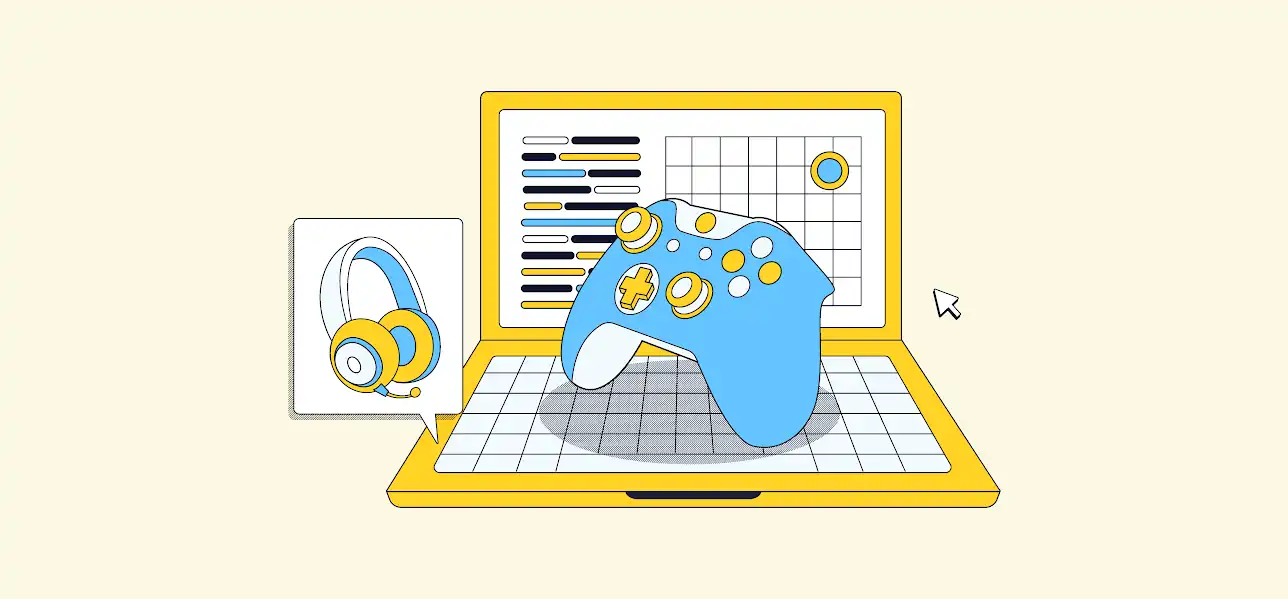
Generative AI models are improving the user experience in the gaming industry. They help to generate vast landscapes, complex characters, and stories that can keep the players engaged. Let us explore a few more functions below.
Procedural World Generation
If you are a game developer, you can use Generative AI models for procedural world generation. In this process, you can use algorithms to automatically generate vast and diverse game environments, including landscapes, terrain, and structures.
Procedural generation allows for endless variations and helps developers save time and effort by automating the creation of game assets.
Non-player Character (NPC) Behavior
Generative AI models can create realistic and intelligent behaviors for non-player characters (NPCs) in video games. These algorithms allow NPCs to interact with the player and the game world, making decisions based on their surroundings and the player's actions.
This can help you increase the depth and complexity of gameplay, thereby improving the overall gaming experience.
Quests and Narrative Generation
You can dynamically generate game narratives and quests with the help of Generative AI models. This ensures that players have unique experiences with different storylines and missions each time they play.
Also, Generative AI use cases for narrative generation help to adapt the storyline according to the player's actions and choices, leading to more engaging and immersive gameplay.
Generative AI Use Cases in Data Visualization
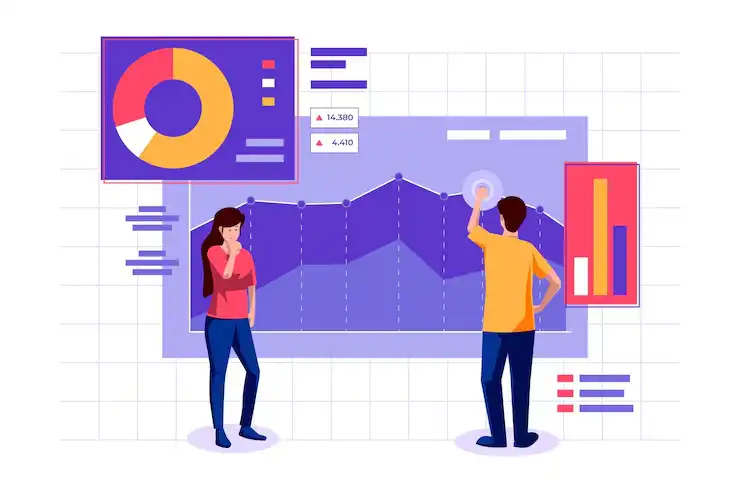
You can easily understand complex data through interactive visuals. Generative AI models transform numbers into visual stories that are easy to understand. Dynamic charts update in real time, giving insights as new information arrives. Let us explore more below.
Interactive Infographics
Generative AI models can generate interactive infographics that visually represent complex data in a user-friendly manner. These infographics can dynamically update as new data is received, providing real-time insights that will help you to easily interpret and understand complex information.
Data-driven Presentations
Generative AI models can analyze large datasets and generate captivating data-driven presentations. They can help you identify key trends, correlations, and patterns. These models can also create visually appealing slideshows with which you can effectively convey the information to the audience.
Generative AI Use Cases in Social Media Content
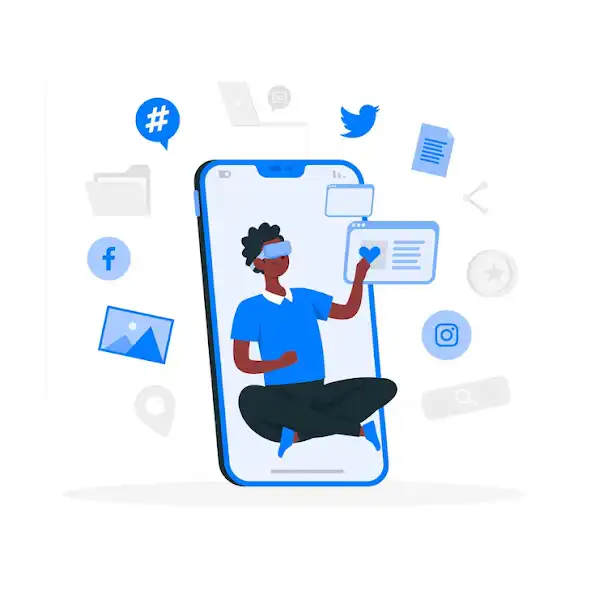
Take your social media to the next level with Generative AI models. They can help you garner huge interest amongst the audience and make your brand more visible. Keep scrolling to learn how you can use Generative AI to elevate your strategy and grow connections through customized visual storytelling.
Automated Image and Video Creation
You can use Generative AI models to generate images and videos tailored to social media platforms. These algorithms can analyze trends and user preferences to create visually engaging content that fits within the constraints of various social media platforms.
This technology can help businesses, influencers, and content creators consistently produce high-quality and engaging content.
Caption Generation and Emotion Analysis
You can use Generative AI models to automatically generate captions for images and videos, making sharing content on social media platforms easier. Also, these models can analyze the emotional tone of the content and help you understand the nature of the sentiment expressed in the text or visual elements.
This can help you create effective social media strategies and personalized content.
Generative AI Use Cases in Storytelling and Narrative Generation
You can create compelling stories with the help of Generative AI models and leave your audience asking for more. Say goodbye to writer's block or loss of ideas. Want to know more? Then let us explore further.
Book Writing Assistance
Generative AI models can help you in your writing process by providing suggestions for plot development, character development, and even generating dialogues. Hence, you can write more effectively and obtain a loyal fan following for your work.
Suggested Reading:
Exploring the Potential of Generative AI Development
Game Narrative Expansion
Generative AI models can dynamically expand game narratives, creating additional storylines, side quests, and character interactions. This helps you to keep players engaged and interested in the game as they discover new elements and explore different paths within the game's world.
Generative AI Use Cases in Marketing and Advertising

Generative AI models help you create ads tailored for each person. They help you understand the requirements of the audience. Based on this data, you can engage more customers. Let us find out more about this.
Content Generation for Ads and Campaigns
Generative AI models can help you generate content for marketing and advertising purposes, such as ad copy, slogans, and promotional material. This technology considers market trends and customer preferences to ensure that the generated content meets the requirements of the target audience.
Personalized Recommendations
Generative AI models can analyze user data and generate personalized recommendations for your products or services. These recommendations can be tailored according to each individual's preferences, increasing the chances of conversion and customer satisfaction.
Generative AI Use Cases in Research and Data Analysis

You can use Generative AI models for research and data analysis. They provide valuable insights and make your research effective. Let us understand how these models achieve this.
Automated Research Papers
Generative AI models can assist your research by automatically generating papers based on specific topics or research questions. This technology provides the base for further exploration and can help you save time and effort in the initial stages of your work.
Data Analysis and Pattern Recognition
You can use Generative AI models to analyze large datasets and identify patterns, correlations, and anomalies that may be difficult for humans to detect. This technology aids in data analysis and can provide valuable insights for various fields, including finance, healthcare, and scientific research.
Conclusion
Generative AI use cases are going to increase as this technology evolves. It is already making waves in various industries. Organizations are widely adopting this technology. According to a survey, by using Generative AI, 85% of people noticed an improved user experience and also found increased user engagement and satisfaction.
The future of Generative AI is hugely exciting - it will transform lives in ways you can't imagine by automating tasks, accelerating creativity, and transforming content creation.
BotPenguin is one such conversational AI platform that uses Generative AI technology to provide intelligent chatbot solutions. BotPenguin bots integrate seamlessly into customer service channels like websites and apps.
These chatbots improve experiences while reducing costs compared to human agents by understanding intent and providing personalized responses at scale. They are customizable without complex programming.
Try them to see how Generative AI can elevate your business with natural, helpful conversations through powerful yet simple chatbot solutions.
Suggested Reading:
How to Start with Generative AI Development
Frequently Asked Questions (FAQs)
Is any training or upskilling required to use Generative AI models?
Yes, you require technical training to operate and interact with Generative AI models. You should also have data handling skills to handle data effectively and understand important concepts like machine learning and natural language processing.
Can Generative AI models automate content creation?
Yes, Generative AI models can automate this process. These models can analyze existing data and generate new content that meets your requirements, thereby maintaining consistency and relevance across all content.
How can Generative AI models benefit game developers and engineers?
Generative AI can benefit game developers and engineers by automating tasks like procedural world generation, non-player character behavior, and quest and narrative generation. It saves time, adds complexity to gameplay, and offers unique experiences for players.
Are there any Generative AI use cases in content creation for social media?
Generative AI can automate the creation of images and videos, generate captions for social media content, and analyze emotions expressed in visual elements. This helps create engaging and tailored content for platforms like Instagram, TikTok, and YouTube.
In what ways can Generative AI models enhance data visualization for developers and engineers?
Generative AI can create interactive infographics that help visualize complex data and generate data-driven presentations. This technology simplifies data interpretation and communication, making it easier for developers and engineers to convey information effectively.

